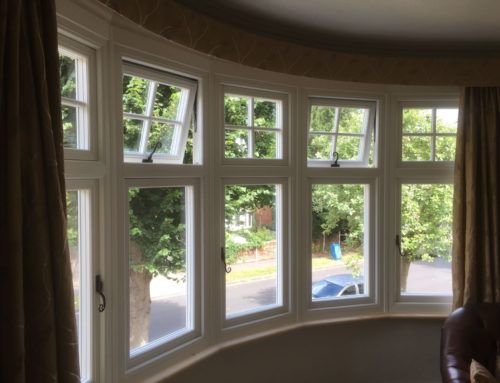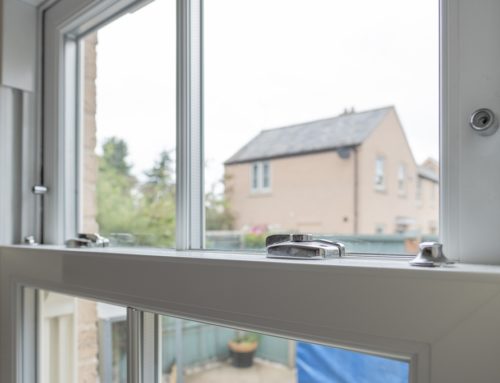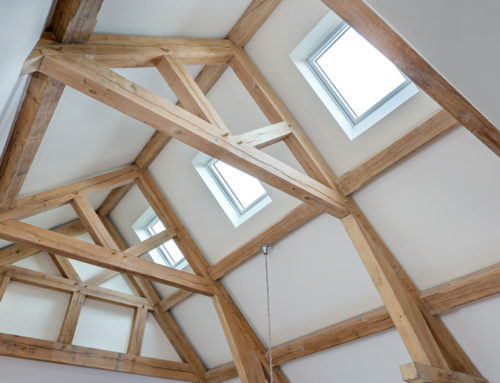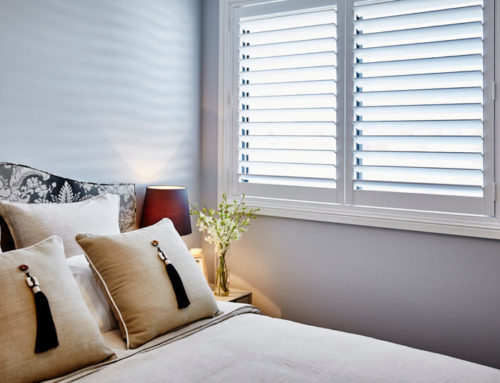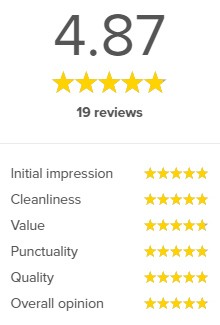
Always choose the best window styles for any property
Housing developments are well known for the uniform lines, modern designs and neat facades of their properties. These features are underpinned by operational challenges including strict budgets, building regulations and an increasingly high demand for quality. While private and council housing developers likely experience differing degrees of pressure to achieve each of these aspects, both must cleverly balance cost savings with creating attractive, functional and long-lasting homes. Choosing the best windows and doors for a new housing development is all about being able to pick out affordable, energy-efficient and durable solutions that fit in perfectly with the surrounding properties.
Cost-effective, secure and energy-efficient uPVC windows and doors
A staple of the modern building industry, uPVC is an excellent option for housing development windows and doors, and is widely used by many developers. This is because it’s affordable (costing significantly less than other window- and door-making materials, such as timber and aluminium), low-maintenance (uPVC is incredibly easy to clean, and doesn’t require any glazing treatments as it never rots, rusts or fades) and durable – able to withstand the temperamental British weather and last for an average of about 20 years.
Housing developments are subject to a growing number of regulations and industry standards, not least in relation to the safety of tenants and homeowners. The security benefits of uPVC windows and doors make them ideal for use in housing developments: as well as being resilient and robust, many uPVC products now come with PAS 24 certification – a British Standard – and meet the requirements of the national police initiative Secured by Design.
As well as improving your residents’ security, the windows and doors you choose must be energy efficient. Recent government regulations stated that properties intended for letting, and that currently have energy ratings of F or G, need to be upgraded to at least an E-rating by 1 April 2018. The wide availability of A-rated, double-glazed uPVC windows and doors means that they are becoming increasingly affordable, though cheaper B-, C-, D- and E-rated options can also have a positive impact on the residents’ energy bills and CO2 emissions.
Creating a uniform effect with uPVC windows and doors
Depending on the individual housing development – e.g. whether any of the properties have already been sold or if the owners have had any input into the design of their home – the majority of the properties will feature identical windows and doors. This helps to streamline the project, and create a uniform effect across the housing development. Manufacturers are able to create uPVC windows and doors that meet the exact specifications of new builds, tailoring them to complement the colour, style and requirements of the property.
Here at Hamilton Windows, we’ve got years of experience in helping property developers find and fit the best windows and doors for their projects. Contact us today to find out more.

